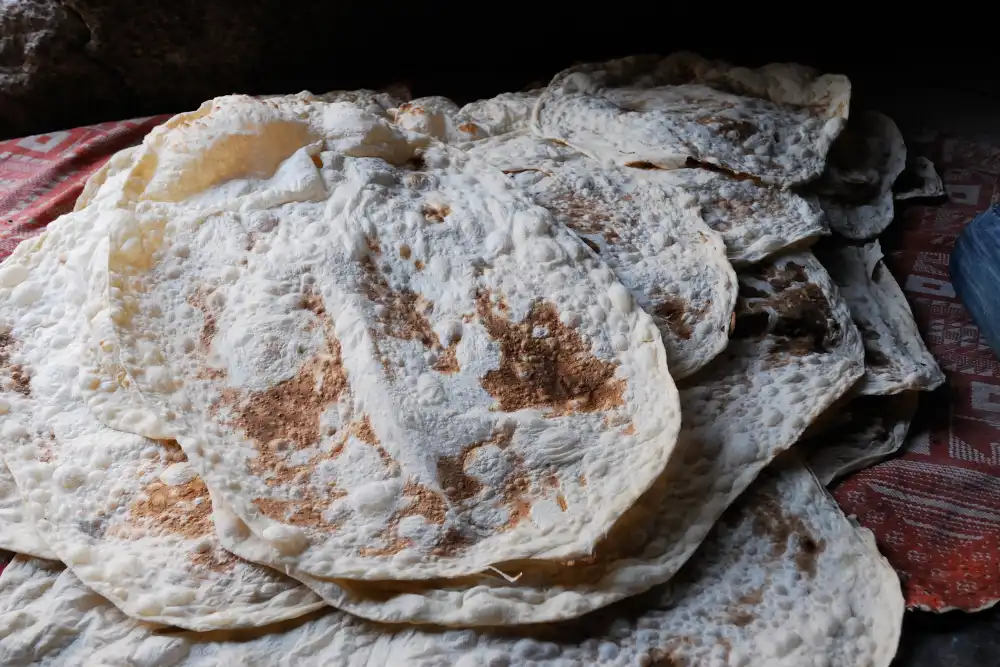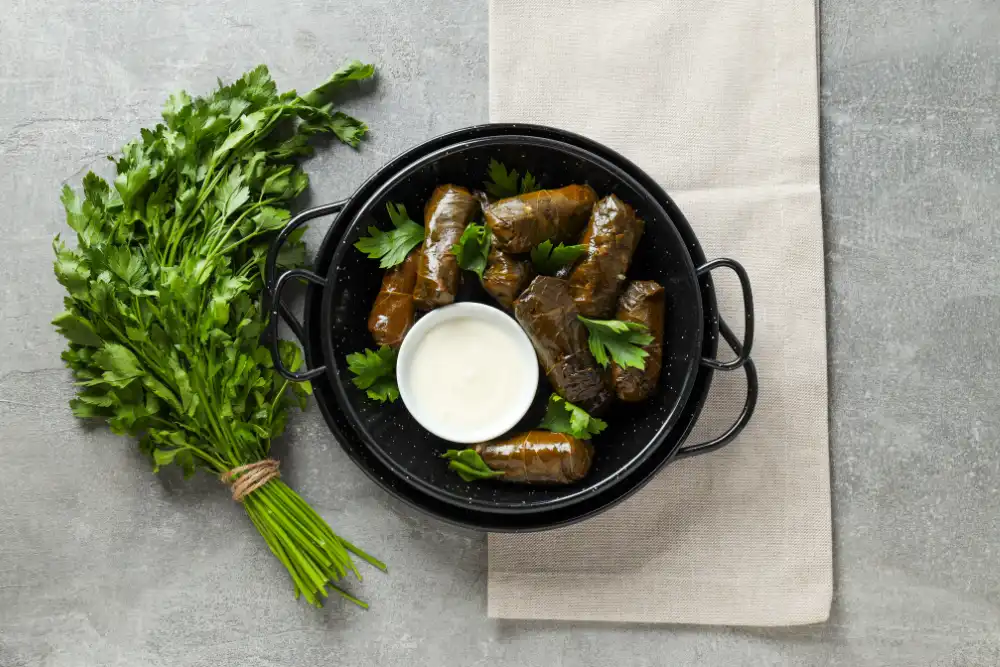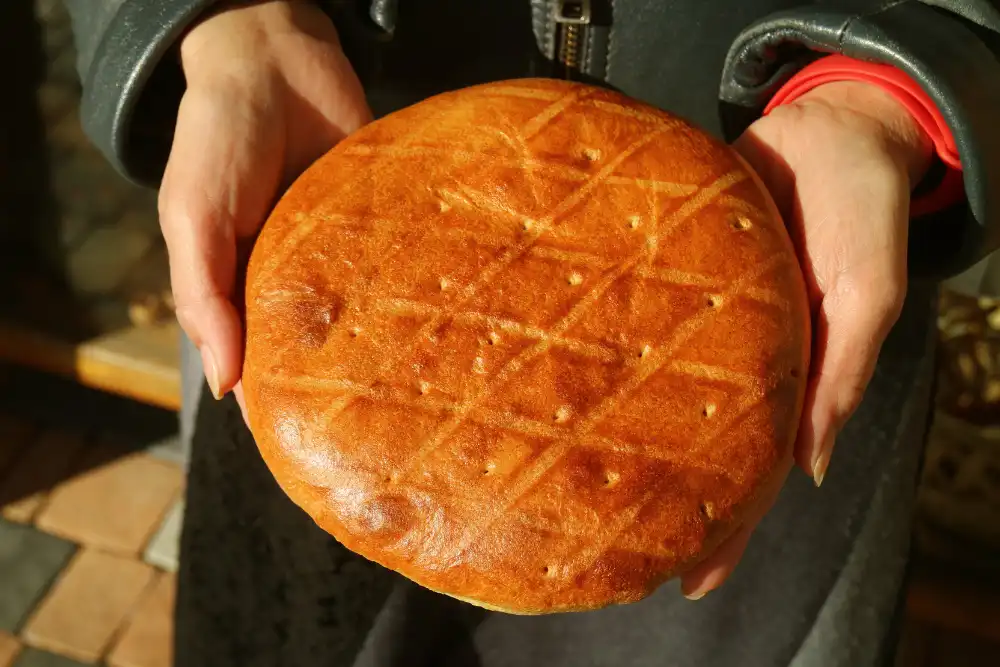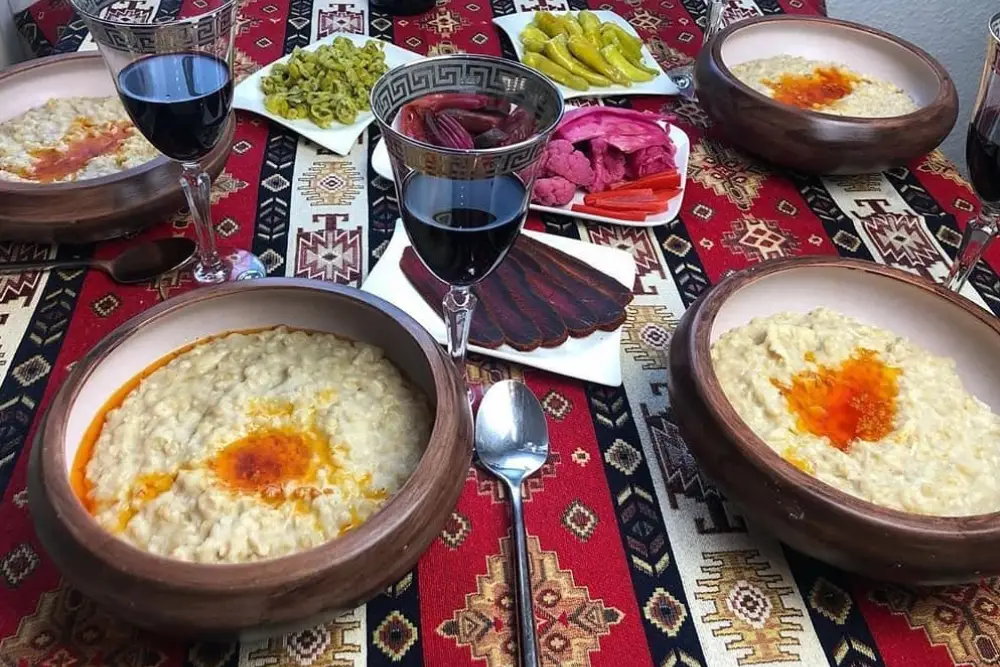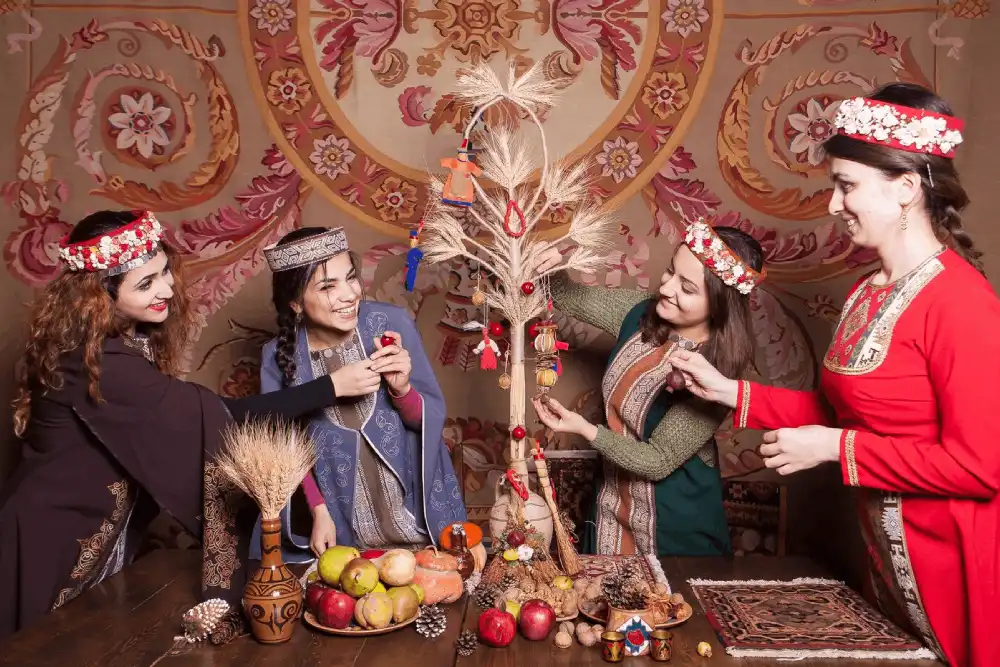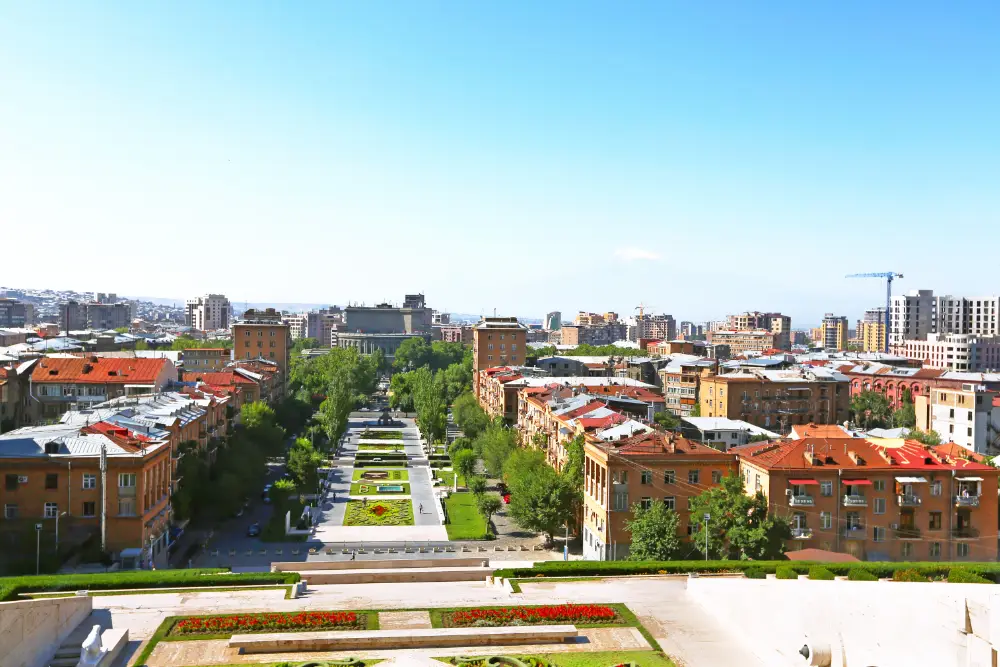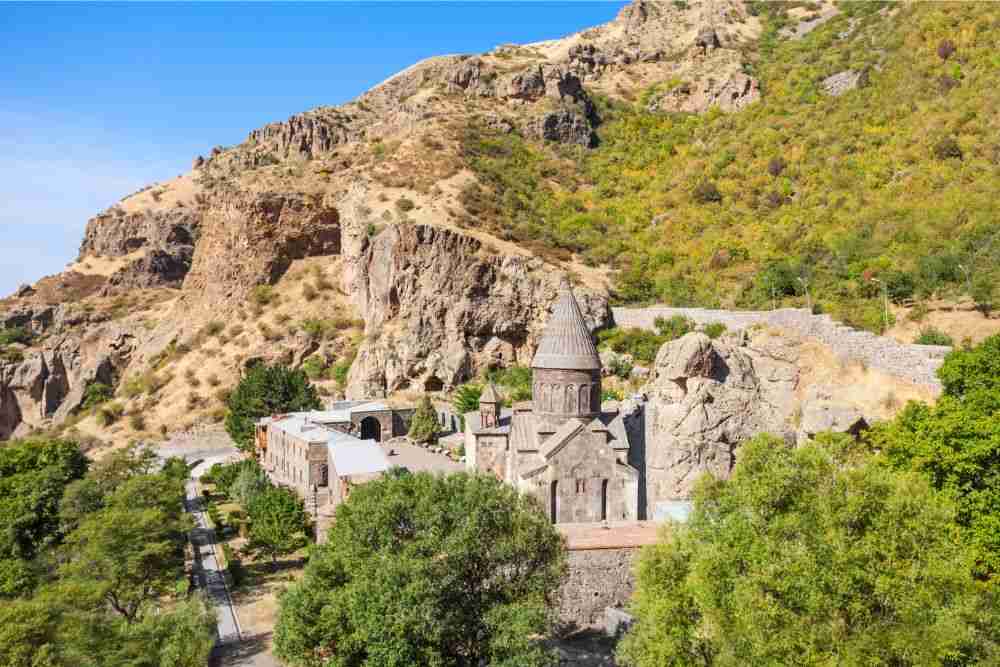Armenian cuisine is one of the most vibrant reflections of the country’s heritage, geography, and long-standing traditions. The methods of preparing many traditional dishes have remained largely unchanged over the centuries, with culinary knowledge passed lovingly from one generation to the next. Visitors to Armenia often describe the local food as incredibly rich in flavor, leaving a lasting impression long after their trip.
What Makes Armenian Cuisine Unique?
One of the most distinct aspects of Armenian cuisine is its deep cultural connection to hospitality. In fact, Armenians are known to be the only people who had a god of hospitality – Vanatur. Sharing a meal in Armenia is about more than just food; it’s about bringing people together, whether they’re family, friends, or strangers from different walks of life.
Bread, Salt, and Symbolic Traditions
In Armenian tradition, bread and salt hold symbolic meaning and have been revered for centuries. At royal banquets in ancient times, meals often began with a ritual of breaking bread and sharing salt – a gesture representing unity and mutual respect. The host and guest would cut the bread crosswise as a sign of good will and the desire for lasting friendship.
The natural environment also plays a role in shaping the diet. Hearty, energy-rich foods are more common in winter, while lighter dishes filled with herbs and vegetables dominate summer meals. Remarkably, over 300 types of edible wild plants are used in Armenian cooking, a testament to the nation’s connection with nature.
Traditional Armenian Dishes
Dolma
The term dolma is believed to have roots in ancient Urartian, specifically the word “toli” or “uduli,” which referred to grape leaves. Originally, dolma was prepared using grape leaves, though later versions also used cabbage, quince, and even blueberry leaves. The earliest records of dolma date back to the 8th century. One notable variation is pasuts dolma, a vegetarian version made with beans and grains, traditionally cooked in early spring to mark the beginning of the agricultural season. Since 2011, Armenia has celebrated an annual Dolma Festival, showcasing a wide variety of dolma recipes – including some record-breaking creations.
Khash
Khash is a beloved Armenian dish with roots that go back to pagan times. The name comes from the word khashel, meaning “to boil.” Traditionally made by simmering cow or sheep feet overnight, it was considered food for the poor, who made use of animal parts discarded by the wealthy. Khash is typically eaten in the early morning and is now cherished as a winter comfort food across the region.
Gata
Gata is more than just a pastry – it’s a symbol of celebration and protection. Often decorated with sacred symbols or crosses, gata was believed to guard families against bad luck. During weddings, it’s common to see people dancing while holding gata, and during New Year’s, a coin is hidden inside the pastry. The person who finds the coin is thought to have good fortune in the year ahead. In some traditions, the New Year’s gata is cut on the back of the family elder as a blessing.
Ghapama
Ghapama is a sweet, festive dish traditionally served at weddings to bless the newlyweds with a joyful and colorful life. A stuffed pumpkin filled with rice, dried fruits, and nuts, ghapama carries symbolic meaning: the pumpkin represents the world, the rice its population, and the fruits and nuts the diverse peoples who inhabit it. Legend says making and sharing ghapama promotes peace and harmony.
Harissa
Harissa, sometimes called khashika in the past, is a slow-cooked porridge made with wheat and meat. Historically, it was prepared as part of ritual sacrifices to the gods and was left to cook overnight in a clay oven, or tonir, to be eaten in the morning. Special versions were made during holidays like New Year’s, often left unshaken for a calm and peaceful year ahead. During Lent, variations made with wild plants replaced the meat to observe fasting traditions.
A Culinary Philosophy
In Armenian, the word for cuisine is khohanoc, derived from khoh, meaning “thought.” This reflects the idea that the kitchen is a space of creativity, care, and cultural expression. Armenian food is not just nourishment – it’s a reflection of the people, their values, and their way of life. It’s often said, we are what we eat, and Armenian cuisine embodies that sentiment fully.

